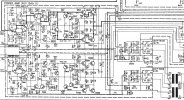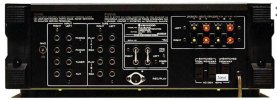- Joined
- Mar 29, 2021
- Messages
- 2,383
- Likes
- 4,098
Love vintage amp review. Wish there were more photos of the internals, maybe in an 18+ area of the forum.
That makes no sense. Neither the electrical part nor the mechanical.It’s the performance. I can say the SINAD same as Torque in car because torque will win the race. The wattage is same as Horsepower but SINAD is the Torque
I am one of them. Nothing sounds as good as the sounds of your childhood.My conclusion is that some people are very susceptible to nostalgia.




 - "DC" as in one of the biggest enemies of speakers?
- "DC" as in one of the biggest enemies of speakers?